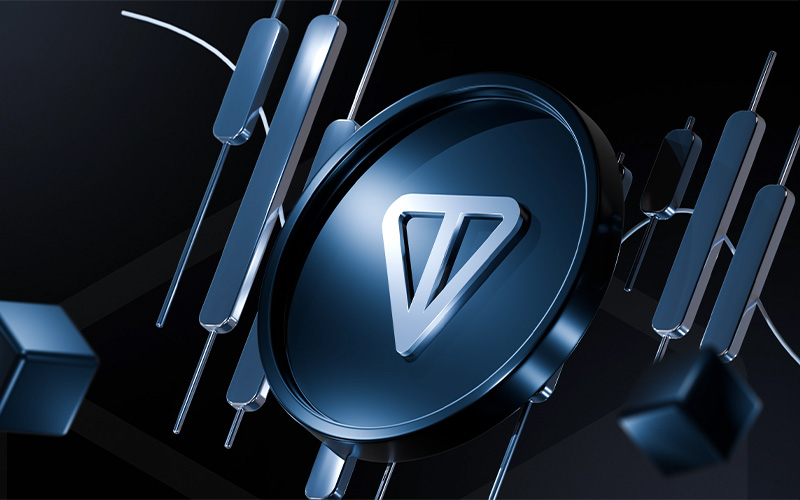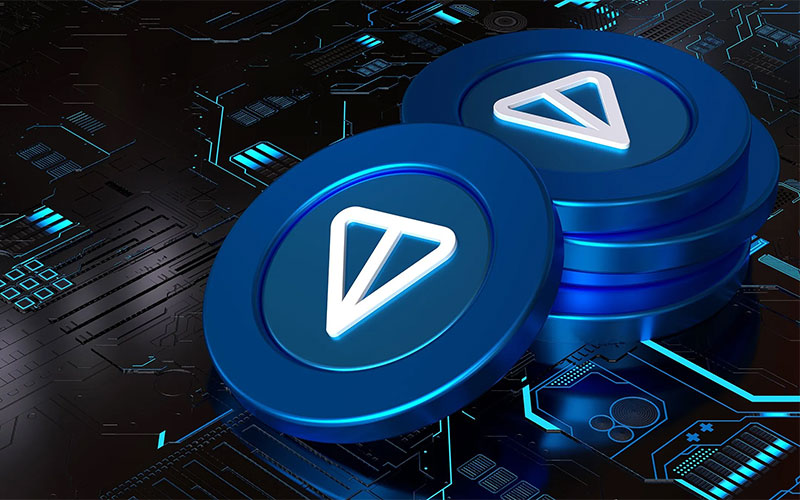
TON Coin, the native cryptocurrency of The Open Network (TON), has a unique history of distribution and mining that sets it apart from most other digital assets. Originally developed by the Telegram team, TON introduced a special initial distribution system that lasted until 2022. This article explores the history, mechanisms, and alternative ways to earn TON Coin today.
Can TON Coin Still Be Mined?
No — traditional mining of TON Coin is no longer possible. On June 28, 2022, the final TON Coin was mined, marking the end of its initial distribution phase. Unlike Bitcoin, where mining secures the network, TON’s mining system was designed solely for fair token distribution. From the very beginning, the network has relied on a Proof-of-Stake (PoS) model for validation and security.

Why Did TON Coin Mining End?
Mining was stopped as part of TON’s intentional design. After Telegram’s legal disputes with the U.S. SEC in 2020, the team placed the tokens into smart contracts called Givers, making them available for mining in equal conditions. This process, known as Initial Proof-of-Work (IPoW), was an innovative approach to token distribution that lasted for just over two years.
The History of TON Coin Mining
Launch (2020): Mining began on July 6, 2020. At that stage, TON was still in testnet, and mined tokens held no financial value.
Mining Period (2020–2022): Users mined around 200,000 TON per day. Early miners were often highly committed to the project and even donated part of their rewards to support the creation of the TON Foundation and TON Reserve.
End of Mining (2022): On June 28, 2022, the last TON Coin was mined as all tokens in the Giver contracts were distributed. Unlike other projects, there was no ICO, IEO, or private sale.
TON’s Unique Mining Mechanism
TON introduced the IPoW model, where miners solved computational puzzles to release tokens locked in smart contracts. Unlike Bitcoin mining, this did not contribute to network consensus or security — it only ensured fair token distribution. TON relied on Proof-of-Stake validators from the start, combining the efficiency of PoS with the decentralization of PoW-based distribution.
Mining With Different Devices
PC Mining: Early users started with CPUs, but as competition increased, GPUs became essential.
GPU Mining: NVIDIA (CUDA) and AMD (OpenCL) cards were both supported, each with its own specialized software like pow-miner-cuda and pow-miner-opencl.
Mobile Mining: Mining with smartphones was technically unfeasible due to low processing power, overheating, and high battery consumption. However, users could still participate in TON’s ecosystem through wallets and apps.
TON Mining Software

Official tools like mytonctrl, pow-miner-cuda, and pow-miner-opencl were widely used during the active mining period. After June 2022, these tools became obsolete. Community-driven alternatives like Infinity TON Mining Pool later emerged, but they were different from real mining and mostly worked as reward-based systems.
Earning TON Today: Alternatives to Mining
Although mining is no longer possible, users can still earn TON in several ways:
Staking: Lock TON coins to support the network and earn rewards.
Becoming a Validator: Requires at least 300,000 TON, strong hardware, stable internet, and advanced technical skills. Validators process transactions and secure the network.
Becoming a Nominator: Delegate TON coins to validators and share rewards without the need for high capital or technical expertise.
Play-to-Earn and Move-to-Earn Opportunities
The TON ecosystem, integrated with Telegram, has also introduced games and Move-to-Earn applications.
Play-to-Earn: Users earn rewards by completing in-game tasks, competitions, or using NFT-based items.
Tap-to-Earn: Simple click-based games within Telegram that allow users to collect points convertible into TON.
Move-to-Earn: Apps that reward users with TON for physical activity like walking or running, using smartphone sensors and GPS.
Conclusion: Is TON Mining Still Possible?
TON Coin mining took place between July 2020 and June 2022. Today, mining is no longer possible, as 98.55% of the total supply has already been distributed to tens of thousands of miners. Instead, users can participate in the network through staking, validator or nominator roles, gaming, and Move-to-Earn platforms.







